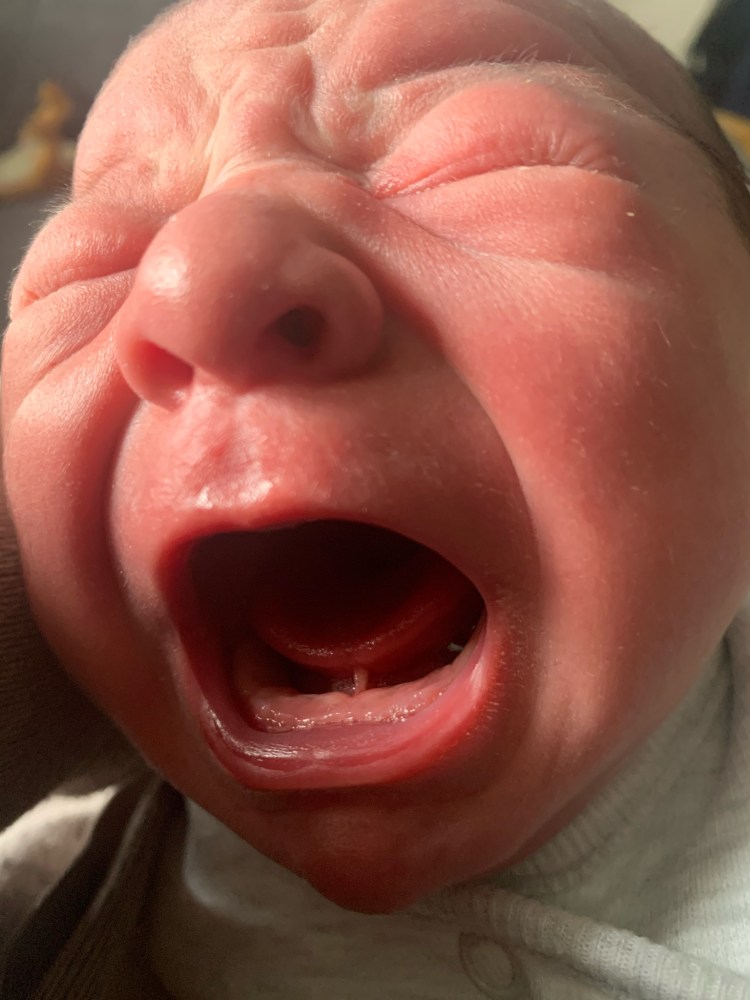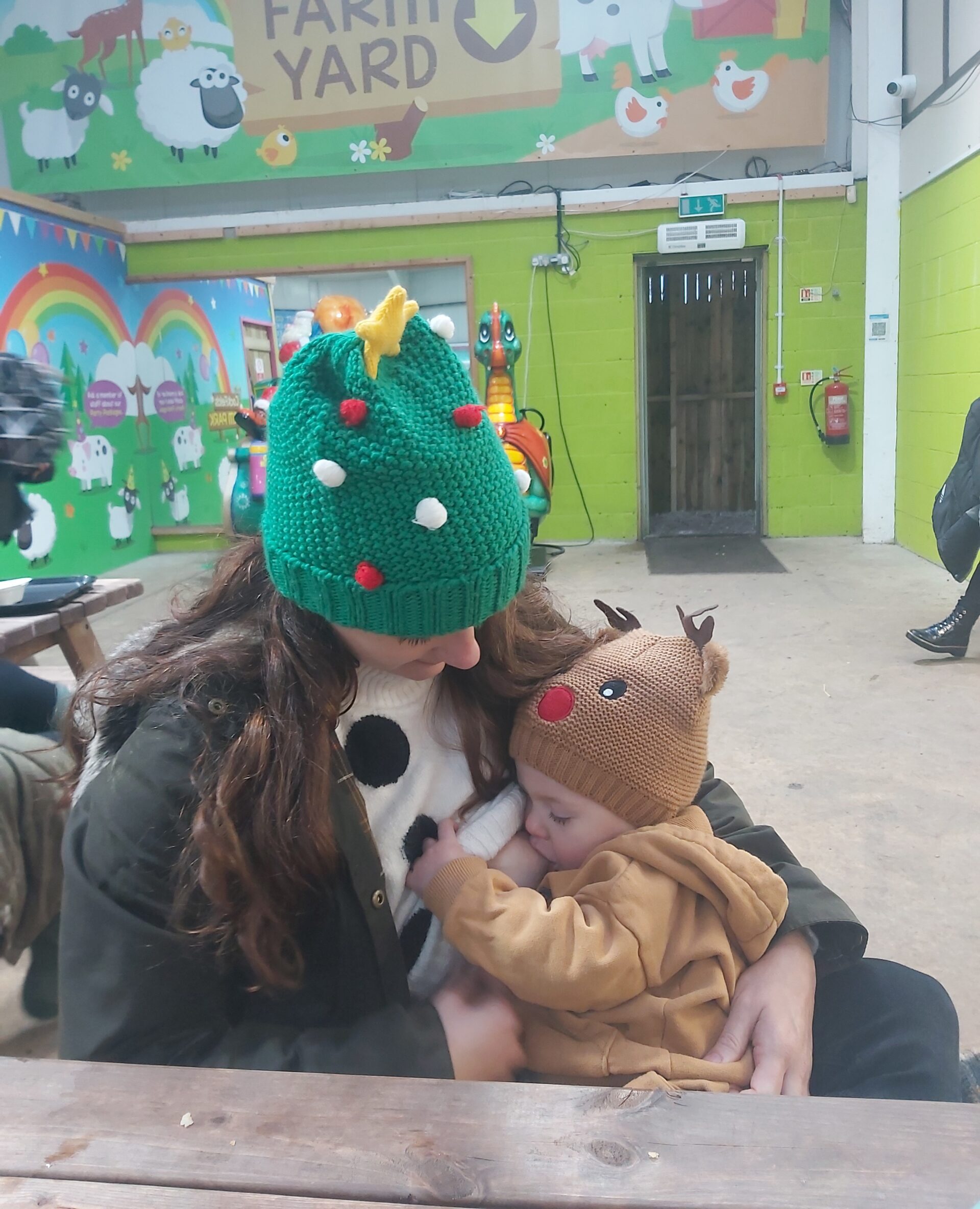Tongue Tie occurs when tongue movement is restricted by the presence of a short, tight membrane (known as the lingual frenulum) which stretches from the underside of the tongue to the floor of the mouth.
This strand of tissue is visible when the tongue is lifted and is a normal part of anatomy. However, when it is short, tight, inelastic and extends along the underside of the tongue or is attached close to the lower gum, it will interfere with the normal movement and function of the tongue and this is known as a tongue-tie.
Tongue ties are present in around 10%-12% of all babies. Not all of these are diagnosed and treated. They can cause symptoms for breastfeeding mothers as well as babies, both in bottle fed and breastfed babies.
Tongue ties are present in around 10%-12% of all babies. Not all of these are diagnosed and treated.
Frenulotomy
Frenulotomy, the procedure to release a Tongue Tie is one of the oldest recorded surgical interventions. Records of Frenulotomy go back to the 16th century, when the knowledge around the impact of Tongue Ties on infant feeding was known and Tongue Tie releases were commonly practiced by midwifes and surgeons.
Records of Frenulotomy go back to the 16th century, when the knowledge around the impact of Tongue Ties on infant feeding was known and Tongue Tie releases were commonly practiced by midwifes and surgeons.
Due to formula becoming more accessible and breastfeeding falling out of fashion in the last century, Tongue Tie procedures became less relevant. Only in the last 15 years research has been carried out and evidence has emerged that this low risk, routine procedure is very beneficial to aid in infant feeding.
Unfortunately, most healthcare professionals are not trained in the assessment and diagnosis of Tongue Tie and many of the cases are missed but also sometimes diagnosed when actually other issues are present (for example low milk supply and oversupply symptoms can overlap with tongue tie symptoms).

Signs and symptoms of Tongue Tie
Lets look at the signs of a tongue tie in the mother and symptoms experienced by a baby.
Some signs of Tongue Tie in breastfeeding mothers may include:
- painful feeding
- cracked nipples
- misshapen, white nipples
- painful latch
- engorged breasts
- recurrent blocked ducts
- mastitis.
Symptoms in babies can include:
- a white membrane visible under tongue when crying (this is not always the case)
- a heart shaped tongue
- inability to open their mouths wide
- tongue mobility is restricted
- slow weight gain
- clicking sound during feeds
- sucking cheeks in, gulping and spluttering
- very windy and colicky
- screaming after a feeding
- fussy on the breast
- sliding off during a feed, needs repositioning
- dribbling down the side of the mouth
- symptoms of reflux and spitting up.
The criteria for treatment of the tongue tie are feeding difficulties. Also bottle-fed babies can struggle with feeding and should be assessed, but unfortunately in the UK not all NHS services will include bottle fed babies in their Tongue Tie clinics.
If the mother has received breastfeeding support and correcting latch and positioning have not improved the situation, then surgical treatment is advisable as soon as possible.

















